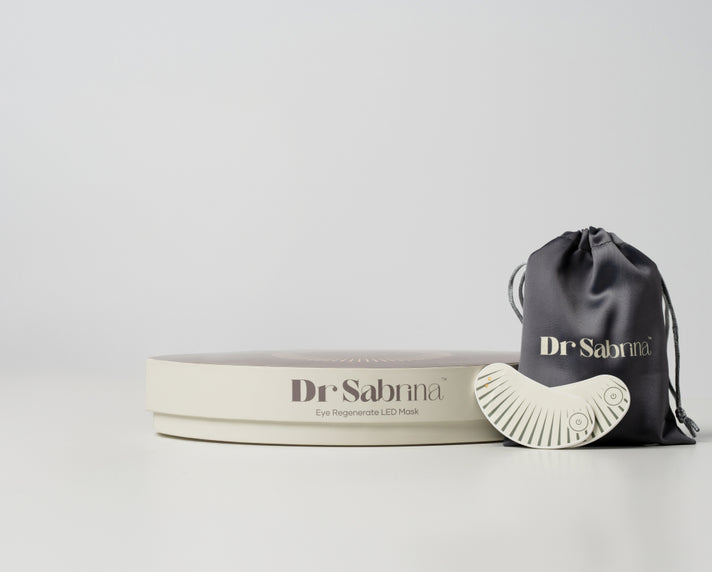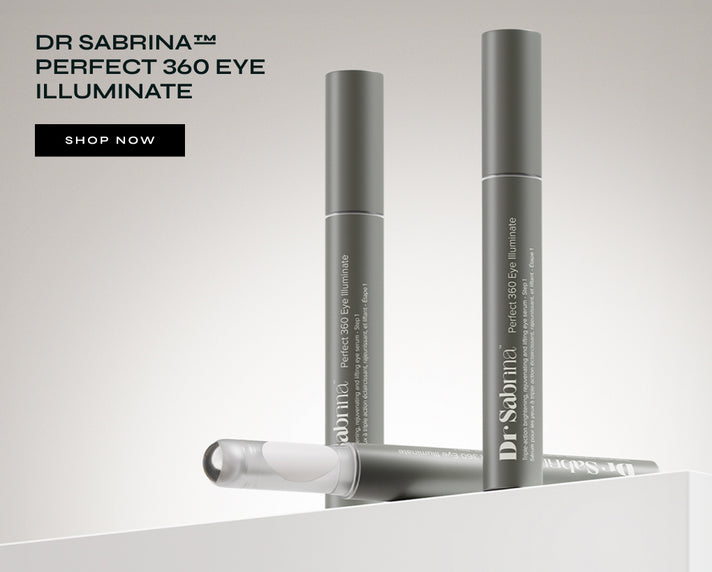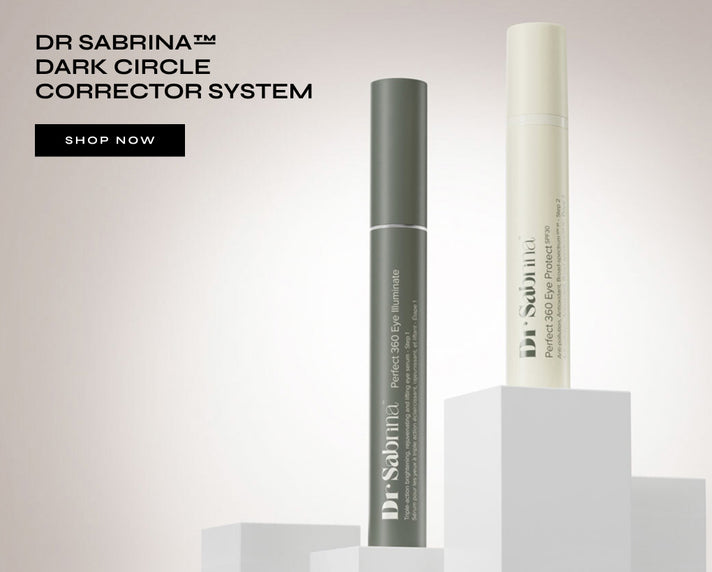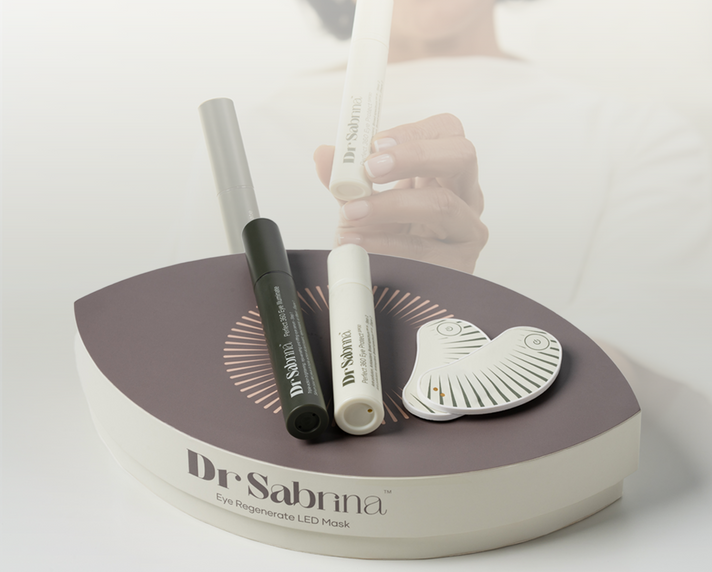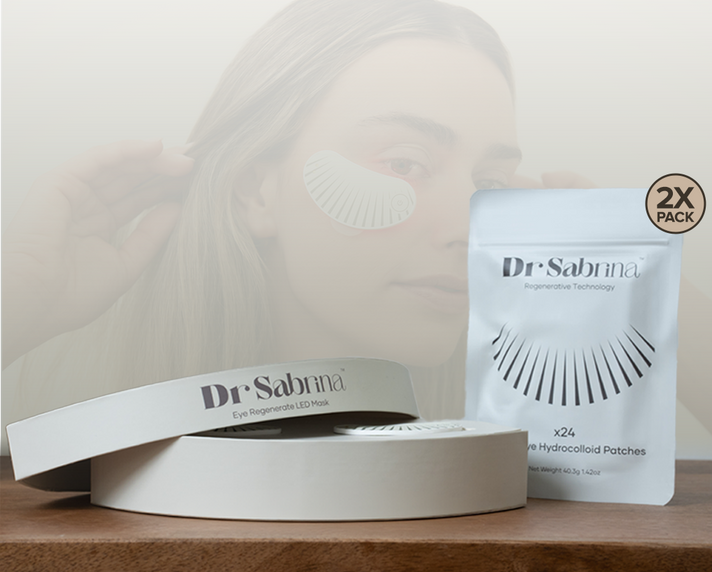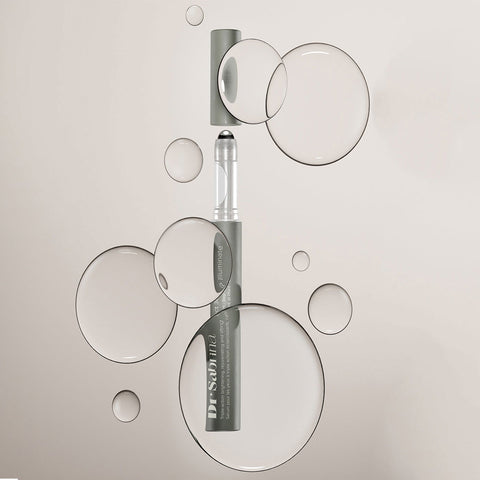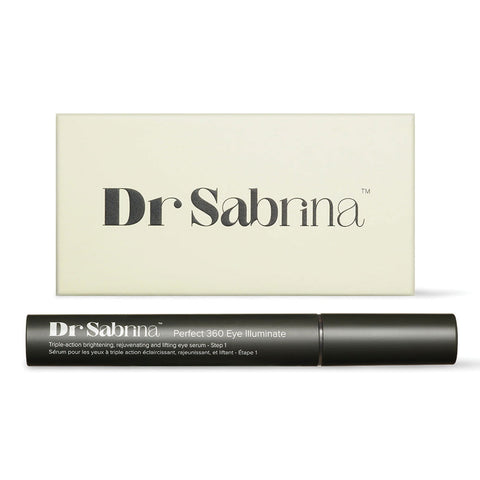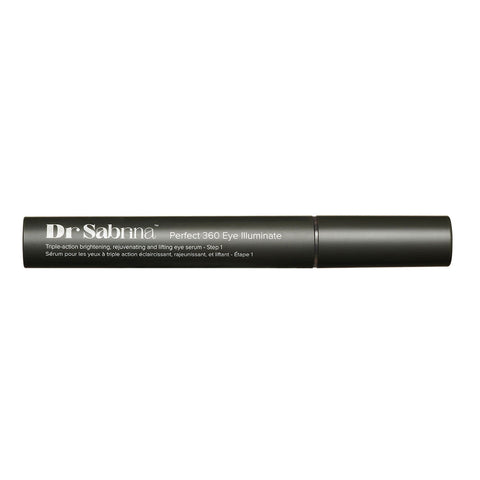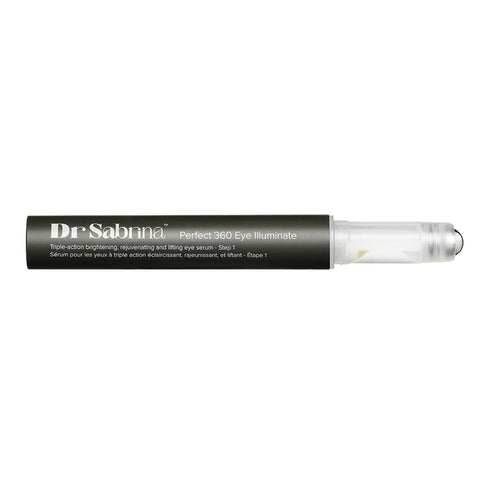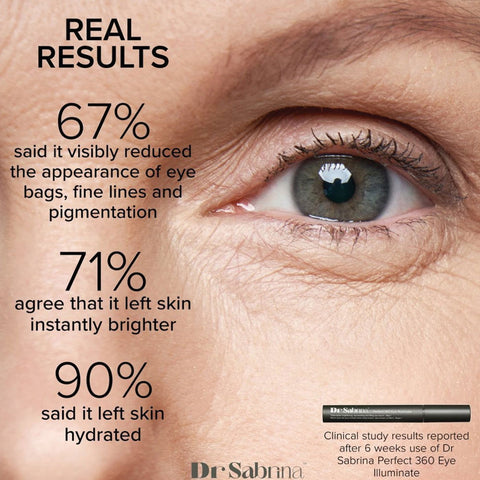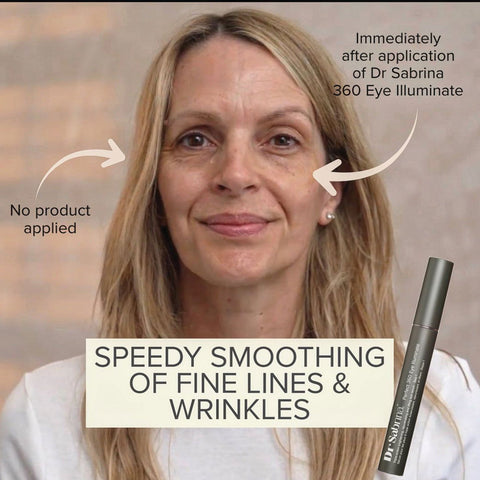Eye Serum
Tranexamic Acid for Hyperpigmentation: Everything You Need to Know

Skin pigmentation issues, whether melasma, post-inflammatory marks, or uneven tone, can be challenging to manage. While treatments like peels, lasers, and retinoids exist, one ingredient is quietly making a name for itself as a powerful ally in fading discolouration: tranexamic acid for hyperpigmentation.
Originally developed as a medication to control bleeding, tranexamic acid found its way into dermatology when doctors noticed its remarkable effects on skin pigmentation. Today, it’s being hailed as a game‑changer, particularly for people struggling with stubborn dark spots and melasma.
In this blog, we’ll break down what tranexamic acid does for skin, how it helps with pigmentation, the types of hyperpigmentation it can address, the science behind its effectiveness, and how you can incorporate it into your routine safely.
What is Tranexamic Acid?
Tranexamic acid is a synthetic derivative of the amino acid lysine. Traditionally, it has been used in medicine to prevent excessive bleeding. But dermatologists noticed an interesting side effect: patients on tranexamic acid developed brighter, clearer skin.
That discovery led to its introduction in skincare. Today, topical formulations and serums containing tranexamic acid for pigmentation are increasingly popular, mainly because they offer a gentler alternative to harsher treatments like hydroquinone.
If you’re looking to add this into your regimen, understanding the benefits of tranexamic acid serum is the first step to achieving more even-toned skin.
How Does Tranexamic Acid Work on Skin?
If you’re wondering what tranexamic acid does for skin, here’s the science simplified:
1. Melanin regulation:
Pigmentation happens when melanocytes (our pigment-producing cells) create too much melanin in certain areas. Tranexamic acid interferes with this process, preventing the overproduction of melanin.
2. Inflammation control:
Many pigmentation issues begin with inflammation—think acne scars or irritation after sun exposure. Tranexamic acid calms inflammation, reducing the chances of post-inflammatory hyperpigmentation.
3. Barrier support:
By soothing skin and minimising redness, it helps keep skin healthier and more balanced overall.
So the short answer to what tranexamic acid does for skin is this: it brightens, evens tone, and reduces stubborn dark patches over time.
Key Benefits of Tranexamic Acid for Hyperpigmentation
Here’s why dermatologists are recommending tranexamic acid hyperpigmentation treatment more and more:
1. Effective for melasma
Melasma, often triggered by hormones or sun exposure, is notoriously hard to treat. Tranexamic acid hyperpigmentation therapy shows great promise in reducing melasma patches without many of the side effects that come with stronger lightening agents.
2. Improves post-inflammatory hyperpigmentation (PIH)
Acne scars and marks left behind after irritation can be frustrating. Using tranexamic acid for pigmentation can help fade these spots gradually.
3. Suitable for sensitive skin
Unlike stronger agents, it’s generally well‑tolerated and can be used even on skin types that usually react to acids or hydroquinone.
4. Pairs well with other treatments
Many dermatologists combine tranexamic acid for hyperpigmentation with niacinamide, vitamin C, or retinol for enhanced results.
|
✨ Ready to target under-eye pigmentation while keeping your skin hydrated and brighter? Try DR SABRINA™ PERFECT 360 EYE ILLUMINATE – a luxurious formula that revives tired eyes, softens dark shadows, and restores radiance around the delicate eye area. |
Tranexamic Acid Vs Other Pigmentation Treatments
To understand its value, let’s compare tranexamic acid hyperpigmentation treatment with other common options:
Hydroquinone: Fast but often irritating, and not recommended for long-term use.
Vitamin C: Great for brightness, but less powerful on deep melasma.
Retinoids: Effective but can cause peeling and irritation.
Chemical Peels: Work but may not be suitable for everyone.
Tranexamic acid offers a balance gentle enough for consistent use, yet effective enough against stubborn pigmentation.
Best Candidates for Tranexamic Acid
Who should consider using the best tranexamic acid for hyperpigmentation?
- People with melasma
- Those with acne marks or PIH
- Individuals with sunspots or uneven patches
- Anyone looking for a more even, luminous skin tone
If you’ve tried other treatments with limited results, tranexamic acid hyperpigmentation treatment may be the missing piece. Even if your main concern is dark circles, pairing it with a quality under eye serum can give more complete brightening results.
How to Use Tranexamic Acid in Your Skincare Routine
Most commonly, tranexamic acid comes in serums or creams. Here are some usage tips:
- Patch test: Always do a small patch test before applying it to your face.
- Consistency: Apply once or twice daily, depending on concentration.
- Pair wisely: Works beautifully with niacinamide, hyaluronic acid, and vitamin C.
- Sun protection: Like all skin-brightening ingredients, sunscreen is essential.
For the best tranexamic acid for hyperpigmentation, look for products with stable formulations and clinically studied concentrations.
Things to Keep in Mind
- Patience is key: Results are gradual, often visible within 8–12 weeks.
- Sun care is non‑negotiable: To maintain results, always protect skin from UV exposure.
- Personalised advice: If you have severe pigmentation or other skin concerns, seeking a dermatologist’s guidance can ensure you’re using it correctly.
Final Thoughts
Tranexamic acid for hyperpigmentation is more than just a passing skincare trend. It’s backed by science, showing promise on melasma, sun-induced hyperpigmentation, and post-inflammatory marks. When used consistently, tranexamic acid hyperpigmentation treatment can fade discolouration, restore brightness, and improve overall skin clarity.
So, if you’ve been wondering what tranexamic acid does for skin, now you know: it regulates pigmentation, supports your barrier, and helps you get closer to that even, healthy-looking glow. Pair it with daily sun protection and complementary serums for the best results, and you may just find that it becomes the ingredient your skin has been waiting for.
FAQs
Is tranexamic acid good for treating hyperpigmentation?
Yes, tranexamic acid effectively treats hyperpigmentation, melasma, and sun spots by reducing melanin production and calming inflammation.
How often can I use tranexamic acid on my skin?
Tranexamic acid can generally be used once or twice daily, depending on your skin’s tolerance and product instructions.
Can tranexamic acid be combined with other skincare ingredients like vitamin C?
Yes, it pairs well with vitamin C, niacinamide, and hyaluronic acid to enhance skin brightening and hydration.
Are there any side effects associated with using tranexamic acid for pigmentation?
Minor redness or irritation may occur initially but typically subsides with continued use.
How long does it usually take to see results with tranexamic acid?
Most users notice visible improvements in pigmentation within 4 to 8 weeks of consistent application.




